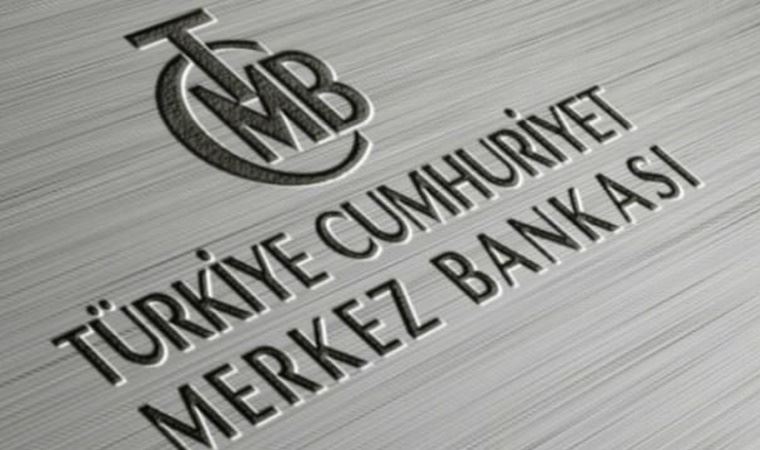Turkish President Tayyip Erdogan is losing confidence in Sahap Kavcioglu, his latest appointment as central bank governor, and the two have communicated little in recent weeks, three sources familiar with the matter told Reuters.
Erdogan sacked Kavcioglu’s predecessor less than seven months ago, and also fired two others in the last 2-1/2 years.
The rapid turnover has hurt monetary policy credibility, and has left inflation high and the lira weak. Here is a history of the last four central bank governors:
MURAT CETINKAYA (APRIL 19, 2016 – JULY 6, 2019):
Cetinkaya’s early months as governor in 2016 were the last that Turkey’s inflation rate has been within an official target range around 5%. Throughout 2018 he faced rising price pressures and lira depreciation that would culminate in a full-blown currency crisis, which was driven by a diplomatic dispute over the release of a U.S. pastor, the threat of U.S. sanctions and emerging worries over Erdogan’s influence over monetary policy.
Analysts said Cetinkaya was too slow to head off the crisis. By the time he raised the key policy interest rate to 24% in September of 2018, the damage was done: the economy was tipping into a deep downturn that would bring an end to years of the strong economic growth that had come to define Erdogan’s leadership since 2003.
He nonetheless held policy steady and brought about a sharp fall in annual inflation through most of 2019. Erdogan, a self-described enemy of interest rates and eager for stimulus, ousted him in the early hours of a Saturday with a notice in the official gazette. Others would be fired in the same abrupt way.
Weeks after becoming governor, Murat Uysal – who had been Cetinkaya’s deputy – began an aggressive easing cycle that brought the policy rate as low as 8.25% in 2020, from 24%. The cuts, combined with a boom in state-bank lending, helped ease financial stresses as the coronavirus pandemic hit. But with inflation rebounding, Uysal reversed course and began tightening again in his last few months at the central bank.
A former private-sector banker and gold trader, Uysal – together with then Finance Minister Berat Albayrak – also oversaw an unorthodox and risky policy of foreign-exchange interventions in 2019 and 2020 that severely diminished the bank’s hard currency reserves.
The interventions were conducted by state banks and backed by the central bank via swaps, and were meant to stabilise the beleaguered lira. But the $128 billion in sales left the country more vulnerable to a balance-of-payments-crisis, analysts said, and Uysal had little success securing relief swaps with foreign central banks.
NACI AGBAL (NOV 7, 2020 – MARCH 20, 2021):
A former finance minister and long-time member of Erdogan’s AK Party, Agbal took the reins on an explosive weekend in Turkish politics. A day after the appointment, Albayrak, Erdogan’s son-in-law, announced his resignation as finance minister with a message on Instagram. Reuters later reported that Agbal had met with Erdogan days earlier to warn that the Albayrak-Uysal policy of FX interventions left the central bank’s reserves vulnerable.
Days before he too was fired early on a Saturday, Agbal raised rates one last time to 19%. Reuters later reported that Erdogan ousted Agbal in part because he was irked by the governor’s internal bank review of the costly FX interventions, which were linked to his son-in-law.
SAHAP KAVCIOGLU (SINCE MARCH 20, 2021):
An ex-banker who was not well known among mainstream economists, Kavcioglu’s arrival at the bank was met with a sharp market sell-off in which the lira briefly lost 15% of its value before recovering some losses. His previous columns in a pro-government newspaper showed he shared Erdogan’s unorthodox view that high rates cause inflation, so investors prepared for prompt cuts. Yet as inflation continued to rise and the currency floundered, Kavcioglu held rates steady through the summer.
But with Erdogan publicly promising lower rates and inflation, Kavcioglu pivoted in September. He began giving dovish signals and urged investors to focus on a lower, core inflation measure, paving the way to a surprise 100 basis-point rate cut later that month that sent the lira to new all-time lows.
